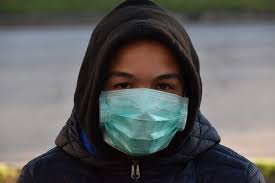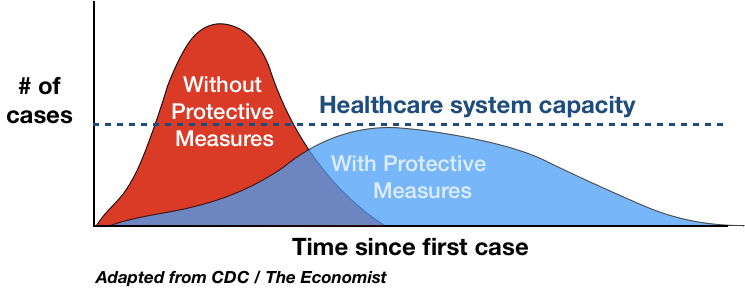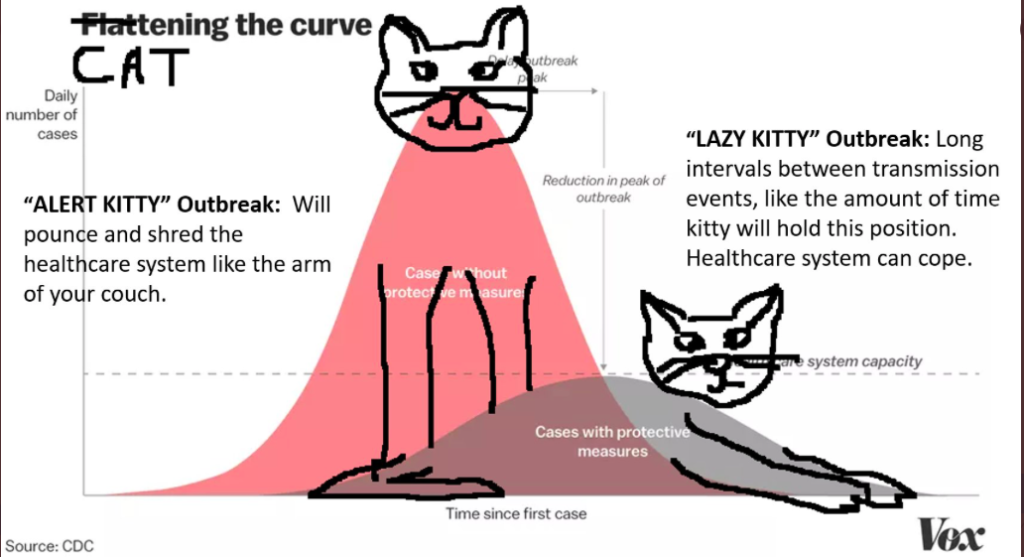CORONA VIRUS RESOURCE PAGE

Photo: pixnio.com
by Art and Maura Keene
WELCOME TO THE AMHEST INDY’S CORONAVIRUS (COVID-19) RESOURCE PAGE
The Indy’s CORONAVIRUS RESOURCE PAGE will provide up-to-date information on the virus and on the local, statewide and national response to it. Below, we provide links to a wide range of resources that cover the state of the pandemic and advice on prevention, diagnosis and care. We will update this page each weekday for the duration of the pandemic.
We rely on well vetted sources to produce this resource page and mostly draw from the following: Center for Disease Control, Massachusetts Department of Public Health (DPH), Johns Hopkins University, Yale School of Public Health, Harvard School of Public Health, Washington Post, New York Times, The Guardian, NPR, MSNBC, and the Twitter feeds and/or blogs of Andy Slavitt, Greg Gonsolves, Ezekiel Emanuel and David Wallace-Wells.
FOR THE LATEST UPDATES LOOK HERE
For the Town of Amherst
For The State of Massachusetts
For a List of Amherst Closures in Response to COVID-19
For The Nation. see also here.
Global Case Counts see also here.
Sign up here for The Washington Post’s free daily newsletter on the coronavirus here.
Sign up for STAT MORNING ROUNDS (great newsletter from the medical community) here.
THINGS THAT YOU CAN DO TO PROTECT YOURSELF AND THOSE AROUND YOU
- Wash your hands vigorously and frequently
- Avoid crowded gatherings /practice social distancing (at least 6 feet from others)
- Do not touch your face
- If you cough or sneeze, do so into your elbow
- Avoid shaking hands. Popular alternatives have been the elbow bump, hand to heart, or the Vulcan salute raising a hand with split fingers with the greeting “live long and prosper”.
- Do not go to work and avoid others if you feel ill
- Contact your health care provider before going to their office
- Have a two week supply of food and essential medications on hand in case you are exposed to COVID-19 and need to quarantine (but please don’t hoard).
- Stay Home
Comprehensive Advice On How To Avoid Catching The Virus
What To Do If You Feel Ill.
What To Do If You Get Sick
Why Staying Home Saves Lives
HOW CONTAGIOUS IS IT?
The virus appears to be much more contagious than experts originally thought. Seventy-seven of 175 attendees at a conference of Biogen executives at Boston’s Long Wharf Marriott held the last week in February contracted the disease.
See also here
SOCIAL DISTANCING
Social distancing is a term that epidemiologists are using to refer to a conscious effort to reduce close contact between people and hopefully stymie community transmission of the virus.
What is Social Distancing?
see also here



Flatten the Curve
Why Social Distancing May Be The Best Thing We Can Do To Flatten The Curve (i.e.To Slow Down The Spread Of The Disease)?
HOW BAD WILL IT GET?
Most experts in the field of public health are predicting that things are going to get worse and that we may have another 8-9 weeks ahead of us before the number of new cases peaks. At this point, public health officials agree that we are past the point where the disease can be contained, though measures like social distancing can flatten the curve of the spread of the disease, that is, slow down the speed at which the disease is spreading. Experts who originally predicted that over 1 million deaths in the US represented a worst case scenario, now see that prospect as increasingly likely (See here for Imperial College London’s grim forecast. See also here.) though the models they are using are, at the moment, unreliable since so little testing data are available. Andy Slavitt, President Obama’s Director of Medicare, Medicaid, and the Affordable Care Act, has predicted an infection rate within the US of 30-50% and a mortality rate of 1-3% (i.e. 10 times higher than the mortality rate for seasonal flu). This would translate to 100 to 150 million cases and 1 to 3 million deaths). Anthony Fauci, the Director of the National Institute of Allergies and Infectious Diseases has predicted similar numbers if the government does not immediately engage in aggressive interventions.The governor of Ohio said on Thursday that the experts that he is talking to said there were probably closer to 100,000 cases, in Ohio alone. That would mean 2.5-3million in the US if Ohio is a typical state in terms of infection rate.
TESTING
US lags the world in coronavirus testing
What went wrong with coronavirus testing in USA?
The War on Truth. Scientists in the US Were Told to Stop Testing
CDC criteria for testing in USA.
COMMENTARY
The Coronavirus is here to stay. What happens next?
Gnawing Anxiety vs Under Reaction
Coping and The Evolution of New Social Rituals
Trump’s Corona Virus Incompetence
America is Broken
